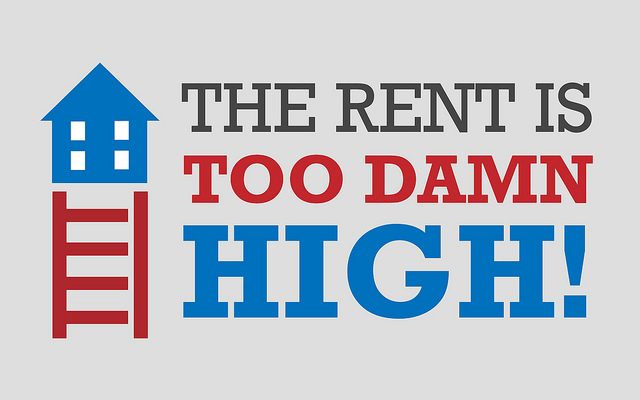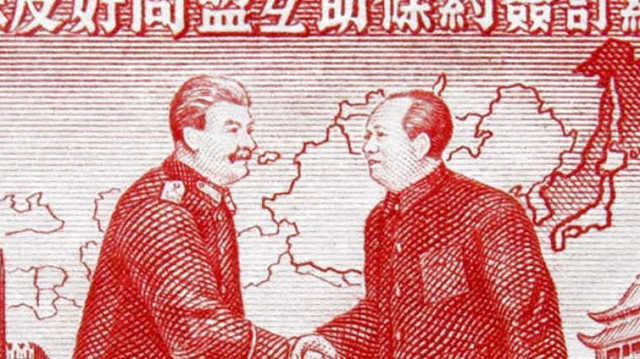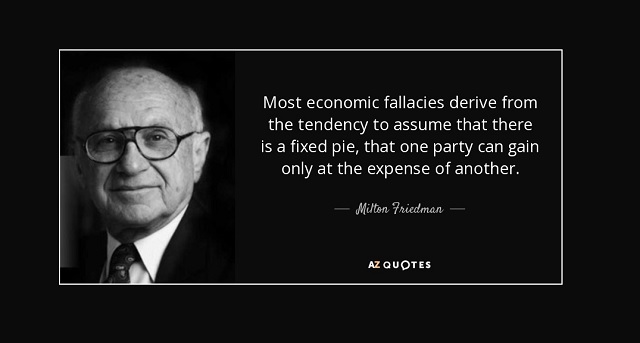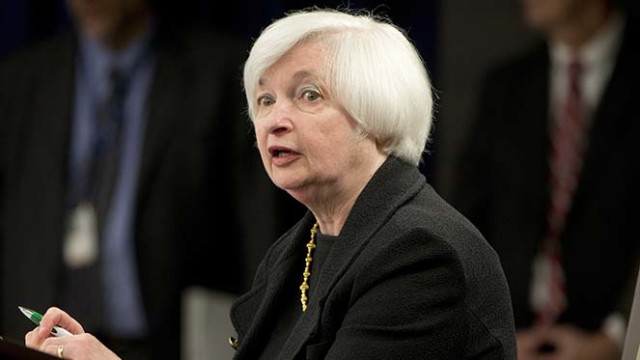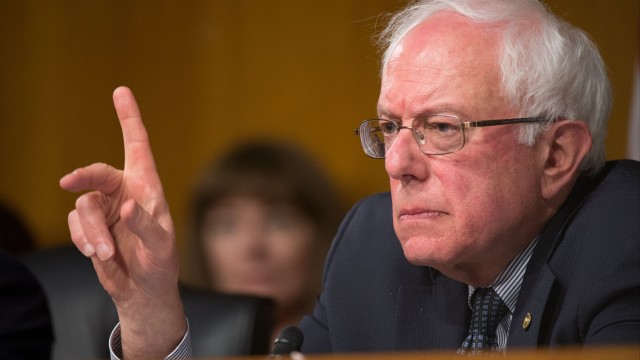How the State Keeps You Working Long Hours by Iain Murray
Entrepreneur Tim Ferriss found he had a mega-hit on his hands with his 2007 book, The 4-Hour Workweek, a paean to a new attitude toward work. In it, Ferriss recommends a four-step approach to balancing work and life in a way that leads to a more rewarding lifestyle. We are now nearing the day when his concepts can be applied to the economy as a whole.
Ferriss directly challenges notions of the firm and employment that are fundamental to how we think about — and regulate — work. While he doesn’t directly mention them, Ferriss puts Ronald Coase’s and F.A. Hayek’s theories to use in a way that CEOs, regulators, and legislators should follow.
Ferriss advises a four-step framework for rethinking your work life, which goes by the acronym DEAL (though for many people it will be DELA). The steps are as follows:
- Work out what you really want from life (“What excites you?”) and what it will take to get you there.
- Eliminate tasks that take up time for little result; be effective rather than efficient.
- Automate not just tasks but income streams as well.
- Work when and where you want to by liberating yourself from the 9-to-5 routine and the physical office location (through remote working arrangements and flexible scheduling).
While Ferriss aims his framework at individuals trying to escape drudgery and live their dreams, there’s a lot here for a CEO to ponder. In fact, a lot of startups aim to be 4-hour companies.
Entrepreneurs, after all, launch businesses to follow a dream. Few companies are started without a vision of something greater — the definition. But failure to achieve the next three steps often drags a business down.
Companies can become burdened with processes that make them not just inefficient but ineffective. Tasks that should be automatic become lengthened with other processes. The business’s physical location and workday rules can also become burdens.
Why does this happen? To answer that, we need to turn to Coase and Hayek.
Coase and Transaction Costs
It was Ronald Coase’s insight that firms exist because the costs of market transactions are often higher than those of an employment relationship.
Employment, since its origins as a form of contract in common law, has always been seen as a master-servant relationship, where the employer instructs the employee. Because of this understanding, firms have mostly gravitated toward a command-and-control structure (which was encouraged by Frederick Winslow Taylor’s The Theory of Scientific Management).
Hayek and the Knowledge Problem
Yet we also know from Hayek that command-and-control structures suffer from a knowledge problem, because the commanders cannot possibly know as much as they need to know to make rational decisions.
To counteract this knowledge problem, companies often introduce complex procedures and feedback loops that can be inefficient or ineffective. Managers opt to “fight the last war,” introducing procedures to prevent a problem from recurring, only to see new problems arise while laying the groundwork for unintended consequences in the future.
In the end, Ferriss notes, they succumb to the Pareto principle — also known as the 80-20 rule, where 80 percent of a company’s activities produce only 20 percent of its output.
The Knowledge Problem versus Transaction Costs
The solution to the knowledge problem, says Hayek, is to use markets, which contain the sum of information necessary. But then we run into the problem Coase identified — transaction costs are higher in markets than in firms. If they weren’t, firms wouldn’t exist. Firms exist until their transaction costs get too high, and then they collapse. Some large companies have avoided this fate by using market-based processes within their organizational structures. The franchising business model also introduces these processes.
The emerging economy, however, goes beyond the master-servant relationship, as I noted in “Depression-Era Laws Threaten the Sharing Economy.” Increasingly, people want an employment relationship more like what Ferriss describes.
The Sharing Economy to the Rescue?
Contractual relationships aided by technology can reintroduce market processes into a corporation. Smart contracts can automate those processes. Ineffective processes can be eliminated, and the entire company can be liberated from physical offices and fixed hours.
The fact remains, however, that regardless of the actual work arrangement, the overriding legal and regulatory structure assumes a master-servant employment relationship within a firm. And these days, the Department of Labor and the National Labor Relations Board are going out of their way to freeze old-economy rigidities in place by punishing firms that use contractual relationships as part of their business models. That may be why, despite all the changes in technology and attitude, the traditional firm continues to dominate the employment market.
The 4-hour company and the 4-hour workweek are feasible — but only if the government allows them. Until then, they remain tantalizingly out of reach.
Iain Murray is vice president at the Competitive Enterprise Institute.










